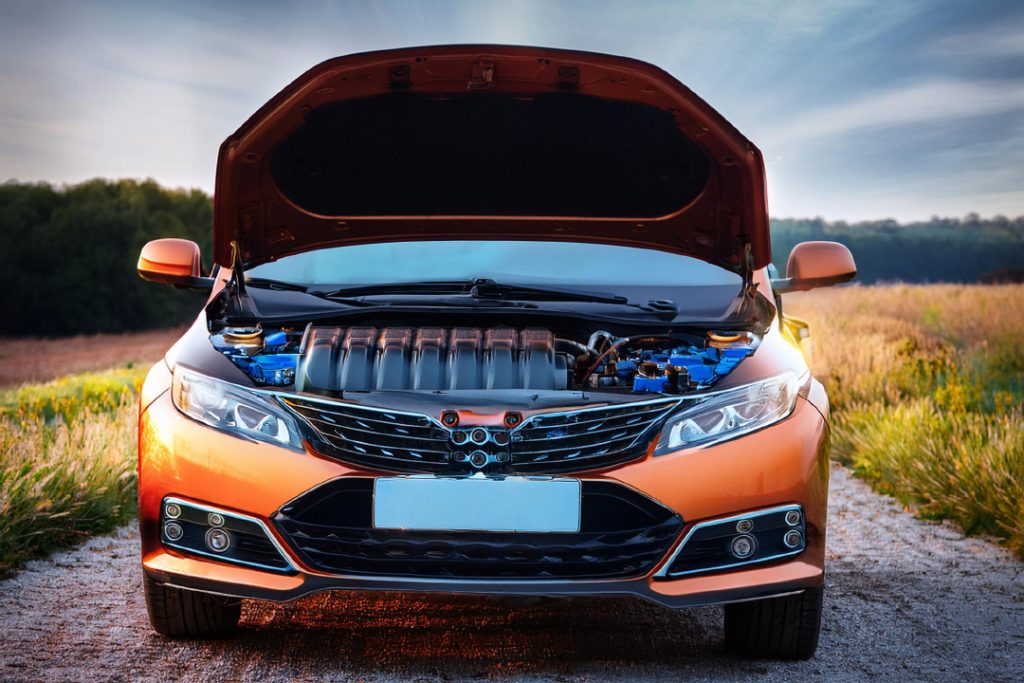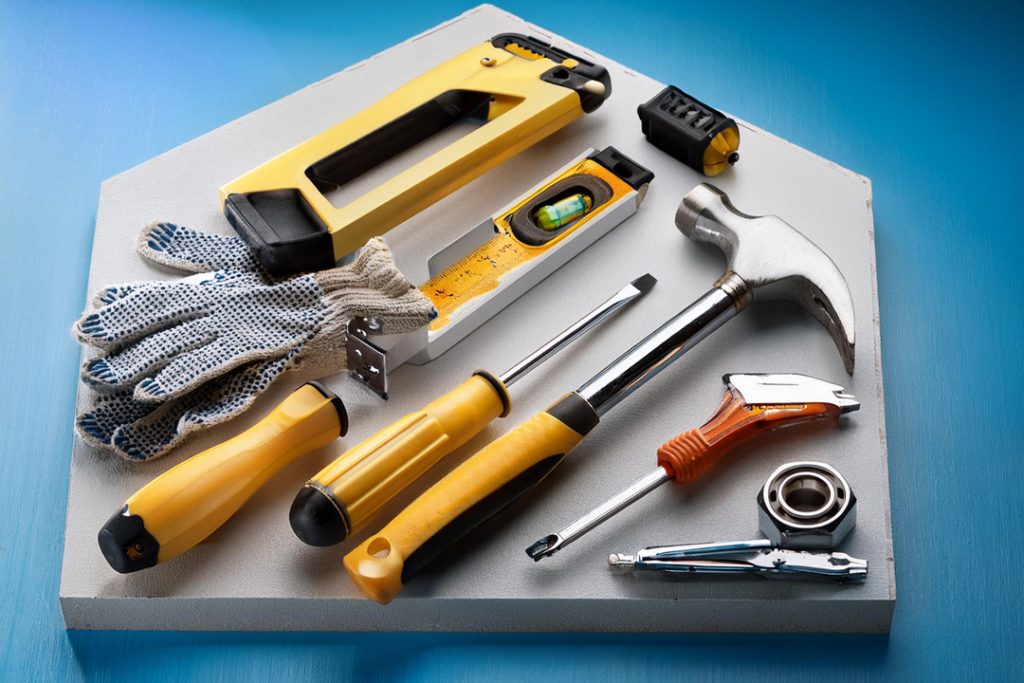Car Engine Basics
Introduction to Car Engines
Alright, let’s get down to it. Engines are the heart of your car, turning fuel into power to get you moving. They’re intricate, sure, but understanding the basics can be a game changer for anyone who drives or is just curious about what’s under the hood. Knowing how your car’s engine works can help you spot issues early and keep your ride running smoothly.
Why You Should Know Your Car Engine Inside Out
Why bother learning about car engines? Simple. First, it makes you a better driver and car owner. If something goes wrong, you’re not clueless; you know where to start looking. Second, it gives you the confidence to talk shop, whether you’re at a mechanic’s or impressing friends. Plus, if you ever think about taking up automotive engineering or mechanics, you’ll already have a leg up.

Take the engine block, for instance. This big chunk of metal holds everything together. Whether it’s pistons, cranks, or cams, everything has its spot and purpose.
| Part | Job |
|---|---|
| Engine Block | Holds the cylinders and other core parts |
| Pistons | Compress fuel and air to create explosions |
| Crankshaft | Turns the piston’s up-and-down motion into a spinning motion |
| Camshaft | Times the opening and closing of valves |
| Valvetrain System | Controls how air and exhaust move in and out |
Knowing these parts is like finding the corner pieces of a puzzle. You’ve got a good start on understanding your whole car. From here, you can easily jump into other cool stuff like different types of transmissions and get even more into the nitty-gritty of how your car works.
Internal Combustion Engine
The internal combustion engine (ICE) is the heart of most cars, the magic that gets you from zero to sixty. Knowing its main parts and their jobs will give you a peek into how your car engine actually works.
Parts of an Internal Combustion Engine
An ICE has a bunch of important parts, each doing its bit to keep your car running. Here are the main ones:
- Engine Block: The main chunk holding the cylinders and more.
- Cylinders: These hollow tubes are where the fuel burns.
- Pistons: These guys move up and down in the cylinders to create power.
- Crankshaft: Turns the pistons’ motion into rotation—think wheels turning.
- Camshaft: Controls when the intake and exhaust valves open and close.
- Valvetrain: Made up of valves, rocker arms, and lifters, it manages air and fuel flow.
- Spark Plugs: Light up the air-fuel mix in gas engines.
- Fuel Injectors: Squirt fuel into the cylinders.
- Exhaust Manifold: Pushes burnt gases out.
- Oil Pan: Keeps engine oil handy for lubrication.
All these parts have to work together perfectly to keep your engine humming. For more details on the engine block and valvetrain, you can check out our related articles.
How Does the Internal Combustion Engine Work?
An ICE runs through four main steps over and over: intake, compression, power, and exhaust. Here’s a breakdown:
- Intake Stroke:
- The intake valve opens, and the piston moves down, sucking in an air-fuel mixture.
- Compression Stroke:
- The intake valve closes, and the piston moves up, squishing the air-fuel mix.
- Power Stroke:
- The spark plug lights the mix on fire, causing a mini-explosion that pushes the piston down, creating power. In diesel engines, this explosion happens just from the mix being squished.
- Exhaust Stroke:
- The exhaust valve opens, and the piston moves up, pushing burnt gases out through the exhaust manifold.
These steps repeat fast, making a continuous cycle that keeps your car cruising. The crankshaft and camshaft work together to keep everything in sync for peak performance.
| Process | Action | Parts Involved |
|---|---|---|
| Intake | Air-fuel mix sucked in | Intake Valve, Piston |
| Compression | Mix gets squished | Piston, Cylinder |
| Power | Mix ignites and explodes | Spark Plug, Piston |
| Exhaust | Burnt gases pushed out | Exhaust Valve, Piston |
This cycle is the bedrock of how ICEs do their thing. For more deep dives into parts like the crankshaft and types of transmissions, check out our other articles.
By getting to know these parts and steps, you’ll start to see the genius behind the engines that move us.
Engine Block
Why the Engine Block is Important
The engine block, or the cylinder block as some old-school folks call it, is basically the heart of your car. It’s where all the magic happens. Think of it as the home base for various critical parts and the stage where the action in your engine takes place. The main gig here? Holding the cylinders where the pistons move up and down to create power.
Cool Jobs It Does:
- Holds the crankshaft and camshaft.
- Has passages for coolant and oil to keep things cool.
- Serves as a mount for a bunch of engine parts.
What It’s Made Of
Now let’s talk materials. The engine block’s build affects everything from how fast your car goes to how long it runs. So, car makers pick materials based on strength, ability to handle heat, and weight.
| Material | What It Brings to the Table | Where You’ll Usually Find It |
|---|---|---|
| Cast Iron | Tough and durable but heavier. Stands up to wear and tear. | Found in older or more robust engines |
| Aluminum Alloy | Light, good at shedding heat, not as tough as cast iron. | Used in modern, fuel-efficient cars |
Aluminum is the go-to for making cars lighter and more fuel-efficient. But don’t count out cast iron—it’s still around because it’s as strong as a tank.
Want to learn more about cars but don’t want to get lost in jargon? We’ve got a simple guide on how cars work that breaks it down. The engine block’s just the beginning. Our car engine anatomy guide is perfect for a deeper dive into what makes your car tick, without putting you to sleep.
Happy wrenching!
Pistons and Cylinders
Ever wondered what makes your car vroom? Let’s break it down—starting with the unsung heroes: pistons and cylinders. They’re the bread and butter of your car engine, turning gas into the get-up-and-go that powers your ride.
What Do Pistons and Cylinders Actually Do?
Okay, here’s the deal. Pistons are like the rockstars that move up and down inside the cylinders. This vertical dance is what makes the combustion magic happen. When fuel ignites in the cylinder, it’s like a mini fireworks show—boom! The explosion pushes the piston down. This up-and-down motion is then spun into a circle by the crankshaft, creating the power that makes your wheels turn.
| Part | What It Does |
|---|---|
| Piston | Moves up and down to turn fuel blasts into mechanical power |
| Cylinder | Houses the piston and the combustion process |
The Skinny on Piston Rings and Cylinder Walls
Piston rings—those tiny bands around the piston—are like the unsung bodyguards of your engine. They handle three big jobs:
- Seal the Deal: Keep gases where they belong—inside the combustion chamber.
- Oil Patrol: Make sure oil doesn’t sneak into the combustion chamber.
- Heat Handler: Transfer heat from the piston to the cylinder wall, so things don’t get too toasty.
Cylinder walls need to be smoother than a baby’s bottom and tough enough to handle all that action. They often get special treatments to minimize wear and tear.
To get the full scoop on what makes your car tick, check out our other sections on essential parts like the crankshaft and camshaft. Trust me, learning about these will give you a clearer picture of your engine’s inner workings.

Crankshaft and Camshaft
Why the Crankshaft is a Big Deal
The crankshaft’s no sidekick in your car engine’s world. It’s the maestro turning the piston’s up-and-down dance into the wheel-spinning magic that gets you places. Here’s what it does:
- Motion Transformer: The crankshaft turns the pistons’ up-down hustle into a smooth circular flow that spins the car’s wheels.
- Power Distributor: It spreads the engine’s oomph evenly to all car parts via the flywheel and transmission. Keep everything running like a Swiss watch.
- Timing Boss: Teaming up with the camshaft, the crankshaft makes sure the engine’s valves open and shut just when they’re supposed to. No lag, no rush.
Made from tough cookies like forged steel or cast iron, the crankshaft laughs in the face of the powerful forces it tackles inside the engine.
| What It Does | Why It Matters |
|---|---|
| Motion Transformer | Spins the wheels using piston motion |
| Power Distributor | Shares engine power evenly |
| Timing Boss | Partners with camshaft for spot-on valve timing |
Camshaft: The Gatekeeper
The camshaft is the crankshaft’s trusty sidekick, handling the precise opening and closing of engine valves. Think of it as a gatekeeper:
- Valve Maestro: Ensures the intake and exhaust valves open and close at the right time to welcome fuel and kick out exhaust.
- Lobe Maestro: The shape of the camshaft’s lobes decides how long valves stay open, tweaking the engine’s performance.
- Sync Back-Up: The camshaft syncs with the crankshaft through a timing belt or chain, ensuring the whole operation runs like a well-conducted symphony.
These rugged cast iron or billet steel components endure high temperatures and wear without breaking a sweat.
| What It Does | Why It Matters |
|---|---|
| Valve Maestro | Times the opening and closing of valves |
| Lobe Maestro | Controls how long valves stay open |
| Sync Back-Up | Keeps timing in check with the crankshaft |
Getting to know the crankshaft and camshaft reveals the nitty-gritty of how car engines tick. Curious about the nuts and bolts of your ride? Dive into our detailed article on how cars work. Or geek out over different car systems with our guide on types of car transmissions.
Valvetrain System
The valvetrain system is like the maestro of your car’s engine, orchestrating the intricate dance of air and fuel in and out of the combustion chambers. Each part of this complex system has a crucial role in ensuring your engine purrs like a kitten—or roars like a lion—depending on your driving style.
Valves, Rocker Arms, and Lifters
Think of valves as the doormen of your engine’s cylinders. You have intake valves that let the air-fuel mix in and exhaust valves that boot out the spent gases. It’s a high-stakes job, and these little guys do it with precision.
Rocker arms are the middlemen—well, lever-men—taking orders from the camshaft and delivering them straight to the valves. They ensure the valves open and close exactly when they should during the engine’s cycle.
Lifters, also known as tappets, are the go-betweens for camshafts and rocker arms. Hydraulic lifters adjust themselves, sparing you the hassle of regular tweaks, while solid lifters need a bit more hands-on attention but are rugged and reliable.
| Component | Function |
|---|---|
| Intake Valve | Lets the air-fuel mix into the combustion chamber |
| Exhaust Valve | Kicks out the burned gases from the combustion chamber |
| Rocker Arm | Transfers camshaft motion to valves |
| Lifter | Connects camshaft to rocker arms |
Get a grip on these components and you’re halfway to being an engine whisperer. Curious for more? Check out our guide on how car engines work.
Timing Belts and Chains
Ever watched a perfectly synchronized stopwatch? That’s what timing belts and chains do for your car’s engine. They keep the crankshaft and camshaft operating in perfect harmony, ensuring the valves do their thing at the exact right moment.
Timing Belt:
- Made of tough rubber with high-tensile fibers.
- Needs to be swapped out every once in a while.
- Runs quiet, like a ninja.
Timing Chain:
- Composed of durable metal links.
- Lasts longer than the rubber counterpart.
- Can be a bit noisy, but it’s a small price for durability.
| Component | Material | Durability | Noise Level |
|---|---|---|---|
| Timing Belt | Rubber | Moderate | Low |
| Timing Chain | Metal Links | High | High |
Maintaining these components is like keeping a tight ship—everything needs to run smoothly. For a deeper dive into the mechanical wonders of your car, you might want to read our piece on types of car transmissions.
Now that you’re equipped with this knowledge, go ahead and impress your friends or maybe even your mechanic.
Here some recommended links selected for you: The Best Books of the Month, Todays best Deals at Amazon, Best Sellers in Cell Phones & Accessories and last but not least the easy and great way to send a gift for the holidays: Amazon.com eGift Card (Instant Email or Text Delivery).




